History/driving impressions originally published in AutoWeek April 1, 2002
Volvo’s first sedan was immediately disowned by Helmer MasOlle. The landscape and portrait painter – and car enthusiast – had indeed designed a prototype sedan and its touring car counterpart. He gladly took credit for the open torpedo-bodied ÖV4, bearing strong resemblance to a Voisin he had re-bodied in 1925. He denied any role in parenting the PV4 sedan, however. The ÖV4’s horizontal lines lent sleekness to rugged underpinnings; the production PV4 was oppressively vertical and boxlike. One early sedan was nicknamed “Orrekojan,” or “duck blind,” while the line was often called “Dalakofferten” – the “Dalecarlia Trunk.” Having the name reflect the Swedish province of Dalecarlia, where his surname is common, probably galled the artistic MasOlle.
The first Swedish production car, an ÖV4, rolled off the primitive assembly line just outside Gothenburg on April 14, 1927. It was called a Volvo, Latin for “I roll,” using the name of a line of bearings made by SKF, the Swedish bearing maker and an investor in the new car company.
The ÖV4 was more American than European. Roads in Sweden resembled those in the United States, paved only in cities, with potholes and gravel out of town. The budding Swedish car market, then less than 15,000 per year, was 90% American imports. Volvo founders Assar Gabrielsson and Gustaf Larson easily could have built “assembled” cars with frames and engines from other manufacturers, as many now mostly forgotten makers did. Instead the new car company designed its own parts to be built by independent manufacturers under Volvo supervision.
The ÖV4 followed the American plan, with solid axles front and rear. The body was sheet-metal over ash and red beech. The wheels were wood-spoked “artillery” type. The four-cylinder side-valve engine had a long stroke and displaced 1940 cc. With a compression ratio 4.9:1, low per American practice, output was 28 hp at 2000 RPM. Cruising speed was 35 mph topping out at 55 mph. From the first, Volvo grilles had a diagonal bar supporting the ancient Swedish symbol for iron, which – it didn’t hurt – is also the sign for man, enhancing the rugged image for Volvo. The first open Volvos eventually all took on the nickname “Jacob,” after one of the prototypes that perhaps was begun or finished on Jacobs’s Saint Day.
The boxy PV4 sedan followed that summer. Volvo used a modified version of the French “Weyman” body system of imitation leather over a wood frame, lighter and not as squeaky as a closed metal body.
A 1927 PV4 was recently acquired by Volvo Cars of North America. Originally registered to a school inspector on November 3, 1927, it was restored by Per Sjoberg of Grythyttan, Sweden. It’s square as a sardine tin, but the engine is torquey with first and second gear low for slogging and acceleration. Third gear is than a giant step up. The transmission is nonsynchro and the throw of the four-mounted shifter is long, but the rear bevel gears make the PV4 a silent runner. The big wood-rimmed wheel provides leverage for easy steering, and long semi-elliptic springs smooth the ride on rough roads if allowing fore-and-aft rocking. Rear-only brakes definitely suggest planning stops early. With its back seat over the rear axle, rear leg room is more than generous, while the front bucket seats actually recline, even if by an awkward leather strap and buckle – the original “seatbelts?”
Although Volvo had planned to build 500 open touring and 500 closed sedans, there were twice as many “ordinary” sedans, at 443, than touring cars, at 205. Another 251 “special” sedans, including some for the Swedish post office, were also made. This was well below the originally anticipated annual sales of 4,000 to 8,000 Volvos. Volvo responded by restyling the PV4 for 1928 with a longer hood and shorter cowl, a lighter contour to the greenhouse and a square rather than oval rear window, and optional front brakes.
Volvo then moved upscale with a six-cylinder sedan in 1929. The more expensive PV651 solved most of the PV4’s problems. Yet from 1928 through 1949 it was sales of Volvo trucks that provided most of Volvo’s black ink. No doubt it pleased Larson and Gabrielsson, even if it probably wasn’t what MasOlle had in mind.






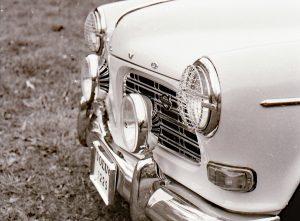
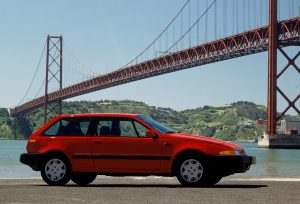
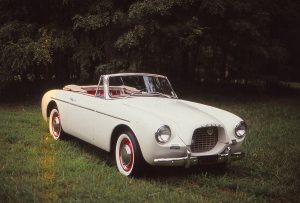
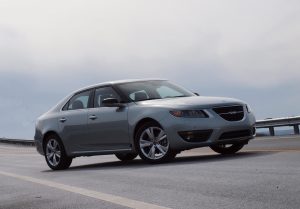

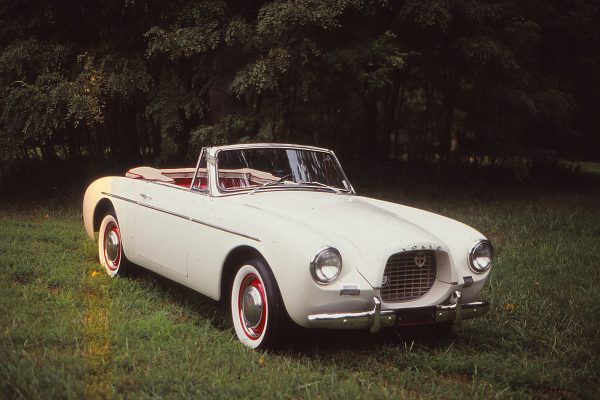
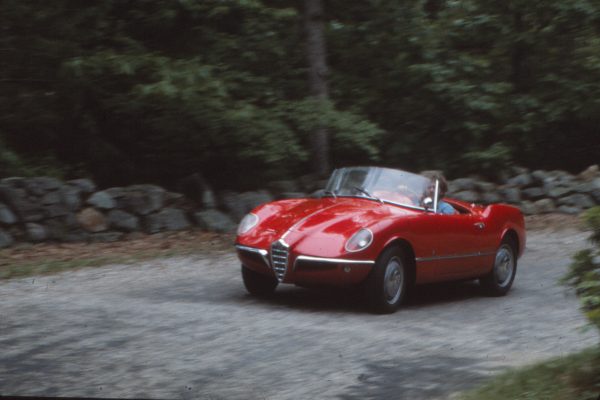
What Do You Think?
You must be logged in to post a comment.